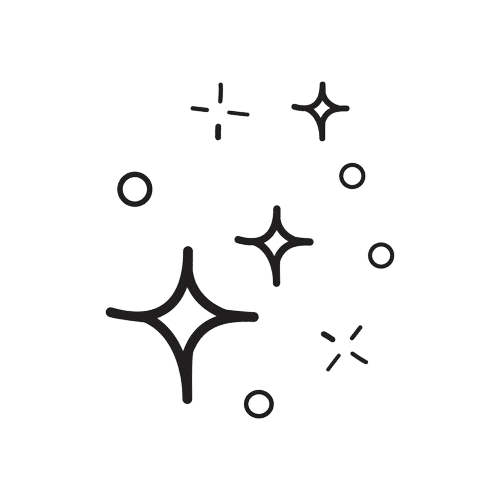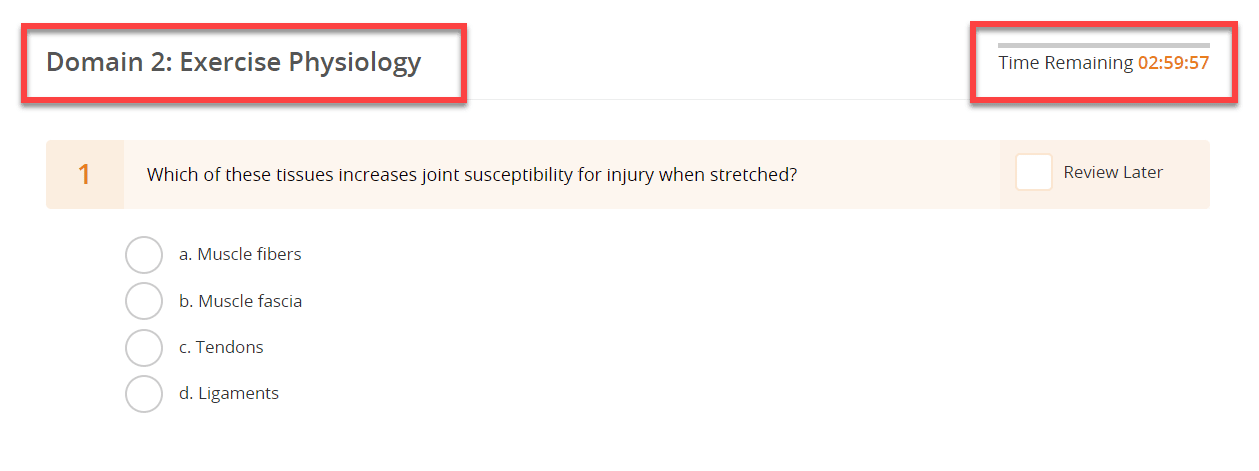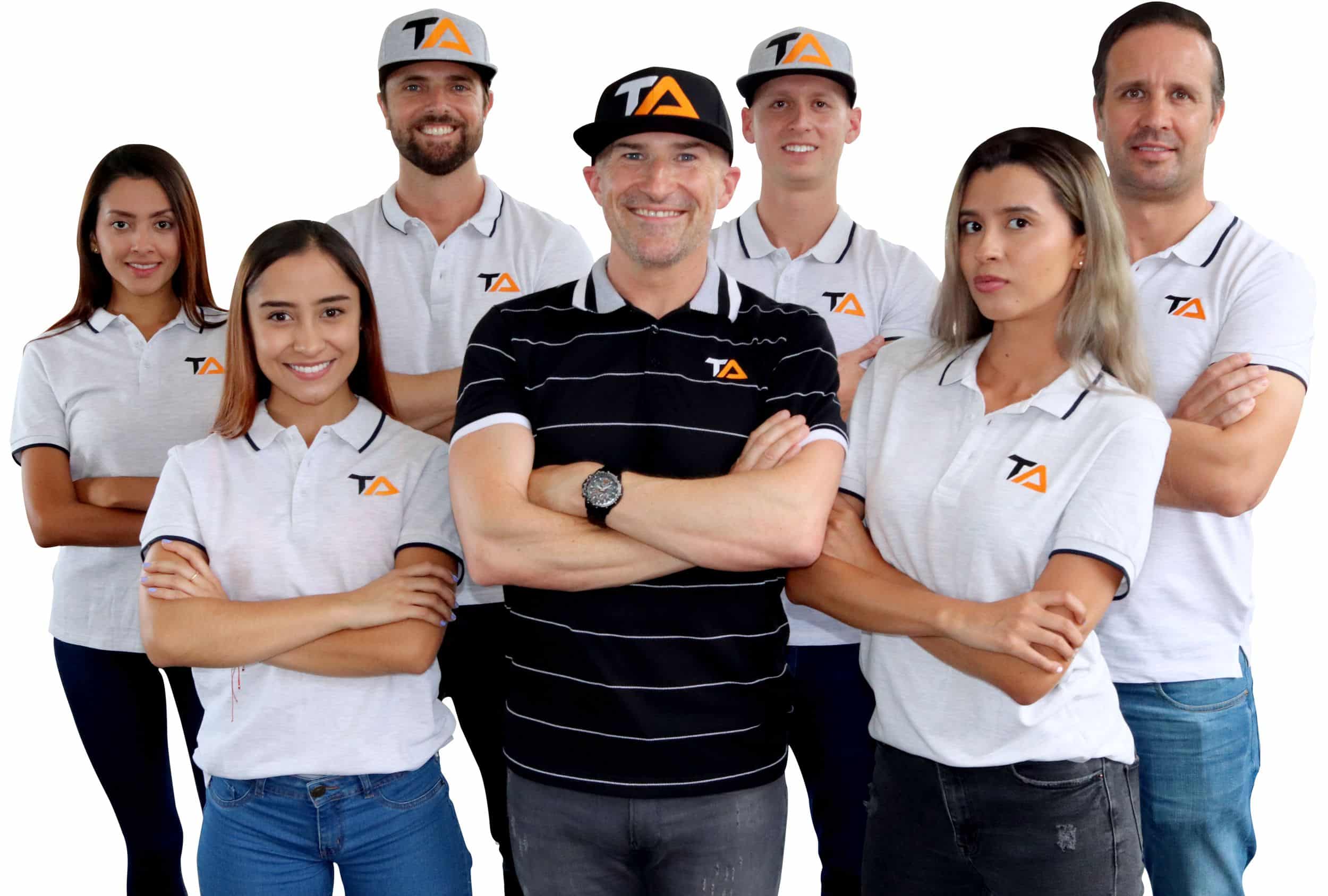
NCSF CPT MVP Package Sample
Chapter 2 assignments:
1
What do bones consist of? Give percentages.
2
Know the definition of the two major bone conditions: Osteopenia and Osteoporosis.
3
What cells are responsible for making or breaking down bone tissue?
4
Know what a Joint is. What are the three major classifications of Joints?
5
Describe the various types of Synovial Joints.
6
Describe the three types of muscle tissue.
7
Look at the macrostructure of skeletal muscle. Know the layers that skeletal muscle is organized into.
8
How are sarcomeres organized?
9
What is the All-or-None Principle, and how does it relate to skeletal muscles?
10
Describe what makes up a motor unit.
11
Know what agonist and antagonist muscles are. Think of an easy-to-remember example.
12
What are the five forms of muscle contractions to know?
13
Describe the Different types of muscle fibers that we have in the body. Include the Size Principle.
14
How is the distribution of muscle fiber types done throughout the body? Can some muscle fibers increase in size easier than others?
15
Describe what anatomical position looks like.
16
Know the terms dealing with Position and based on anatomical position.
17
Know the terms dealing with Movement and based on anatomical position.
18
Know the five regions of the vertebral column.
19
In what ways can we increase the production of force in our muscles?
20
What are anaerobic and aerobic Metabolic systems? How do these two terms relate to the muscle fiber types?
We include only the most important questions so that the huge NCSF CPT textbook does not completely overwhelm you.
Chapter 2 assignment answers:
The skeletal system is used as the framework of the body. It works to provide shape, protection, and support. The various components of bone are as follows:
1. Calcium – 37%
2. Collagen – 33%
3. Phosphate – 17%
4. Carbonate – 10%
5. Potassium – 1%
6. Sodium – 1%
7. Magnesium – 1%
Osteopenia is a pre-disease condition where the bone mineral density is lower than the normal levels for a person’s age and sex, but also not low enough to be classified as the advanced version, osteoporosis. It is going to be a precursor for the next disease. Osteoporosis is a major problem with specific populations and especially as we age. This is a bone disease where there is a decrease in mineral density that causes the skeletal structures to become brittle and fragile, leading to fractures and disability. The condition itself is usually caused by negative hormonal changes, sedentary behavior across lifespans, and deficiencies of energy, calcium, or vitamin d. As stated before, this condition is an advancement in the osteopenia pre-disease condition.
There are three cells that have an influence on our bones. These three cells are osteoblasts, osteocytes, and osteoclasts.
– Osteoblasts are the cells that will synthesize bones
– Osteocytes are the cells that are formed from osteoblasts
– Osteoclasts are the cells that will break down bone tissue for remodeling
Joints are the intersections of two bones, otherwise known as articulations. Depending on the roles and structures of the joint, the movement it has may have a broad range or simply be restricted to no movement. The more movement that a joint can go through, the greater the requirements for soft tissue support to manage its stability.
There are a total of three classifications of joints within the human body: fibrous, cartilaginous, and synovial.
– Fibrous joints are ones that will allow no movement at all, just like we see with the sutures of the skull.
– Cartilaginous joints are ones where there is very little movement allowed, as we see with the intervertebral discs.
– Synovial joints are the ones that will allow a great amount of movement, have lower friction, large ranges of motion, and a good example would be with the elbow or the knee.
We have six different types of synovial joints in the body.
1. Plane Joint = A plane joint allows bones to slide past each other. Midcarpal and midtarsal joints are plane joints.
2. Pivot Joint = A pivot joint allows rotation around an axis. Pivot joints are found in the neck and forearm.
3. Hinge Joint = A hinge joint allows extension and retraction of an appendage. Hinge joints are found in the knees, elbows, fingers, and toes.
4. Condyloid Joint = A condyloid joint is like a ball-and-socket but with less movement. The wrist is a condyloid joint.
5. Saddle Joint = A saddle joint allows movement back and forth and up and down. The only saddle joint in the human body is the thumb.
6. Ball-and-Socket Joint = A ball and socket joint allows for radical movement in almost any direction. Ball-and-socket joints are found in the shoulder and hips.
Three types of muscle tissue make up the muscular system: skeletal, cardiac, and smooth. Each of these will have its own specific functions within the body.
– Skeletal muscle is a form of striated muscle which attaches to the skeleton to allow movement with the application of force to bones and joints using contractions.
– Cardiac muscle is a form of involuntary, mononucleated, striated muscle, which is only found in the heart.
– Smooth muscle is a form of involuntary, non-striated muscle found in the walls of organs and vascular structures.
The skeletal muscles will be ordered from outermost to innermost following this order: fascia, epimysium, perimysium, endomysium.
The fascia is the most superficial muscle layer made up of fibrous connective tissues that surround the underlying layers for the formation of individual muscles. The fascia will give shape consistent with the arrangement of muscle tissue to enhance intramuscular tension and regulate the transfer of force through joints.
The epimysium is just under the fascia and is a dense collection of collagen fibers that cover the entire surface of the muscle.
The perimysium is beneath that of the epimysium and is going to surround the bundles of fibers.
The endomysium is a thin sheath of connective tissue that covers the separate muscle fibers in a fascicle.
The sarcomere is the smallest contractile unit within a muscle.
The sarcomeres will be organized based upon their areas which have actin and myosin.
Sarcomere Organization
– A-Band -alignment of myosin filaments
– I-Band – contains actin filaments
– Z-Line – splits the I-band and separates sarcomeres
– H-Zone – the center of sarcomeres that contains myosin filaments
The A-band is involved in the alignment of myosin filaments.
The I-band is involved with the area between two sarcomeres next to each other and only contains actin.
The Z-line is perpendicular to the I-band and separates each of the sarcomeres.
The H-zone is in the middle of the sarcomere and has the myosin filaments.
Muscle fibers exist in either a state of producing max force or not producing any force at all. This is going to be called the all-or-none principle.
Basically, the tension produced by a muscle depends entirely on the number of fibers that are stimulated and the frequency of stimulation, instead of how much tension each fiber makes.
Individual twitches in muscles are going to be too small to produce any movement or useful action.
Motor units are made up of the motor neuron and the muscle fibers that they innervate.
Motor neurons are the nerve cells that have the responsibility of innervating muscle fibers.
The Neuromuscular junction is the junction between the muscle fiber and the motor neuron it will innervate.
All muscle fibers have only one neuron responsible for innervation.
A single motor neuron may innervate hundreds to thousands of individual muscle fibers.
The motor unit will deliver the action potential, which will cause all fibers that are innervated to contract at the same time. This, again, is what the all-or-none principle is about.
The components of motor units:
– Motor neuron
– Neuromuscular junction
– The muscle fibers innervated
Agonist muscles are the muscles that contract and shorten during a certain movement to resist and accelerate the load. Agonists are the primary movers in the exercise.
Antagonist muscles are the ones that relax and lengthen in order to allow the moving muscles to work and overcome the load with less effort. These are opposite of the primary movers.
The typical example that is easy to remember is looking at a basic bicep curl. In this, we have the bicep as the obvious prime mover and the triceps as the antagonist since it will relax to allow the bicep to be used as the agonist.
Isotonic contractions are the ones where tension stays while there is a change in joint angle. This is going to be seen in most exercises where there is a concentric and eccentric part.
Eccentric contractions are when the muscle contraction gives off less force than needed to overcome a force, and the primary mover is going to lengthen since it does not overcome resistance. This contraction is shown through the deceleration of the load in a lift.
Concentric contractions are when the working muscles are applying enough force to overcome the load so that the tissues will shorten as they contract. The muscle will bring the weight toward the body as it goes through the movement.
Isometric contractions are when there is a tension produced, but no changes in the joint angles will happen. It is often seen with stabilizers in movements.
Isokinetic contractions are when there is a constant speed of movement regardless of the applied force. It requires specialty lab equipment.
Type IIX Fibers
– Fast Fatigue/Fast Twitch
– High Power Output
– Large Fiber Diameter
– High Glycolytic Capacity
– Low Oxidative Capacity
– Low Mitochondrial Density
Fiber distribution is going to be genetically determined, so there is no way for us to manipulate the fibers’ proportions throughout the body. The individual distribution of fiber types in certain skeletal muscles may vary quite a bit.
There are some muscle types that will be very similar across all people. For example, the muscle used for posture will always have higher concentrations of slow-twitch fibers, as they are always working.
The muscle fibers do not all change their size with training in similar ways. Hypertrophy, or the increase in muscle size, is easier in the type II fibers, as they are designed for speed and high force output. The slow-twitch fibers, like the soleus, are going to have more difficulty increasing in size, as it is a high percent of slow-twitch fibers.
When we are wanting to describe movements, it is important to have a reference position to discuss ad refer to. This is known as anatomical position.
An anatomical position is found where someone is standing erect, facing forward with their feet aligned parallel under the hips and toes facing forward. The arms and hands are found hanging down to the sides with elbows and fingers extended and palms forward.
From this basic position, the spatial and directional terms can be described.
Positional terms to know:
Midline – The median plane of the body.
Anterior axillary line – Crease of the axilla.
Distal – Situated farthest from point of attachment or origin.
Medial – At, in, near, or being the center.
Lateral – Situated or extending away from the medial plane of the body.
Ipsilateral – On, or relating to, the same side of the body.
Contralateral – On, or relating to, the opposite side of the body.
Superficial – Shallow proximity in relation to a surface.
Deep – Extending inward in relation to a surface layer.
Anterior – Placed before or in front.
Posterior – Located behind a part or toward the rear of a structure.
Ventral – Like anterior.
Dorsal – Like posterior.
Proximal – Situated nearest to point of attachment or origin.
Midaxillary line – A perpendicular line drawn downward from the apex of the axilla.
Anterior axillary line – Crease of the axilla.
Protraction – Movement of a structure toward the anterior surface.
Retraction – Movement back to the anatomical position.
Dorsiflexion – Movement of the ball of the foot towards the shin.
Plantarflexion – Foot movement towards the plantar surface.
Pronation – The palm faces posteriorly.
Supination – The radius and ulna uncross.
Inversion – Turning the ankle, so the plantar surface of the foot faces medially.
Eversion – Turning the ankle, so the plantar surface of the foot faces laterally.
Flexion – To bend.
Extension – To straighten or extend.
Lateral flexion – Spinal movement to the left or right occurs at the neck and trunk.
Abduction – Movement away from the midline.
Adduction – Movement toward the midline.
Hyperextension – Extension of a joint beyond a range that surpasses full extension.
External rotation – Articulating bones are rotated away from the body from anatomical position.
Internal rotation – Articulating bones are rotated towards the body from an anatomical position.
Circumduction – Circular movement of an extremity at which the distal end allows 360° of movement while the proximal end remains fixed.
Elevation – Superior movement of a bone or tissue.
Depression – Inferior movement of a bone or tissue.
Horizontal abduction – Transverse plane movement away from the midline.
Horizontal adduction – Transverse plane movement towards the midline.
Rotation – The turning of a structure around its long axis.
Ulnar deviation – Joint action at the wrist that causes the hand to move medially towards the little finger in the frontal plane.
Radial deviation – Joint action at the wrist that causes the hand to move laterally towards the thumb in the frontal plane.
The spine and neck regions:
Cervical – consists of C1 – C7. 7 total vertebrae.
Thoracic – consists of T1 – T12. 12 total vertebrae. Articulate with the 12 ribs.
Lumbar – consists of L1 – L5. 5 total vertebrae.
Sacrum – consists of five fused vertebrae.
Coccyx – the final bone of the spine.
Force production can be increased in muscles through three different means.
Increasing the firing rate will allow for more force to be produced in less time, thus upping the force produced.
Increasing recruitment will mean more motor units are recruited, and then more force will subsequently be recruited.
Improved synchronicity is the third and final way that can be trained to increase the force production in our muscles.
Anaerobic refers to the metabolic processes of energy production that do not require oxygen to be present.
Aerobic refers to the metabolic processes of energy production that do require oxygen to be present.
In terms of muscle fibers, the slow-twitch fibers employ the use of the aerobic metabolism, as they are better suited for long endurance activity and have an extensive capillary network. For the anaerobic system, we see the two fast-twitch fibers, type IIx and type IIa, as the main muscle fibers not needing the presence of oxygen.
You didn’t think we were going to leave you hanging without the answers, did you? Use these answers to double-check your own. Or, use them as a cram guide before the exam.
chapter 2 mnemonics:
At first, mnemonics may seem like a strange way to study. But studies have shown time and time again that it is the best way to memorize information in a sequence. The goal is to make them as weird, controversial or gross as possible. Trust me, you are First Response might be “Ewwwww”, but you will never forget them. Practice what you learned in the fill in the blank section below.
let’s practice one. What are the 4 rotator cuff muscles?
Audio Study Guide
And for audio learners, we’ve got you covered as well. These are great to study while you are driving or hands-free. It is the same as the written study guide. Short and sweet. We don’t want you falling asleep from an overload of long boring lectures.
Our Intelligent flashcards: Click a card

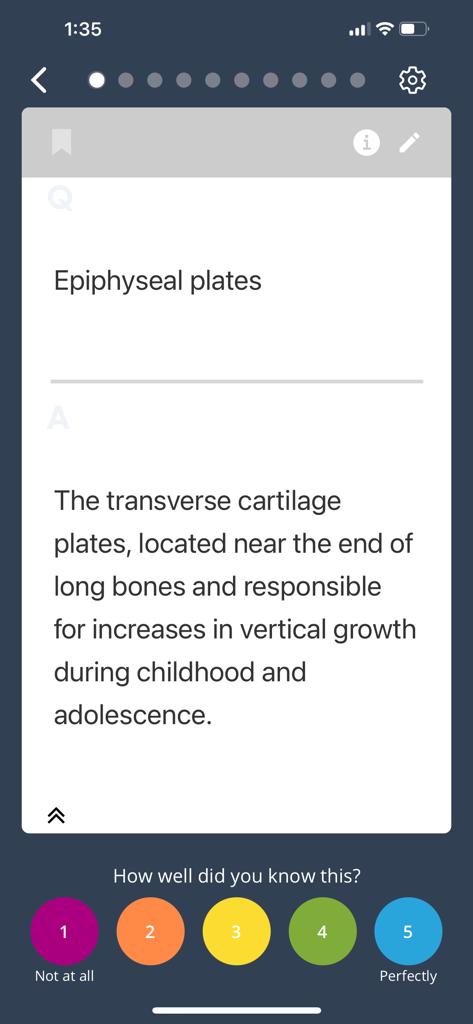
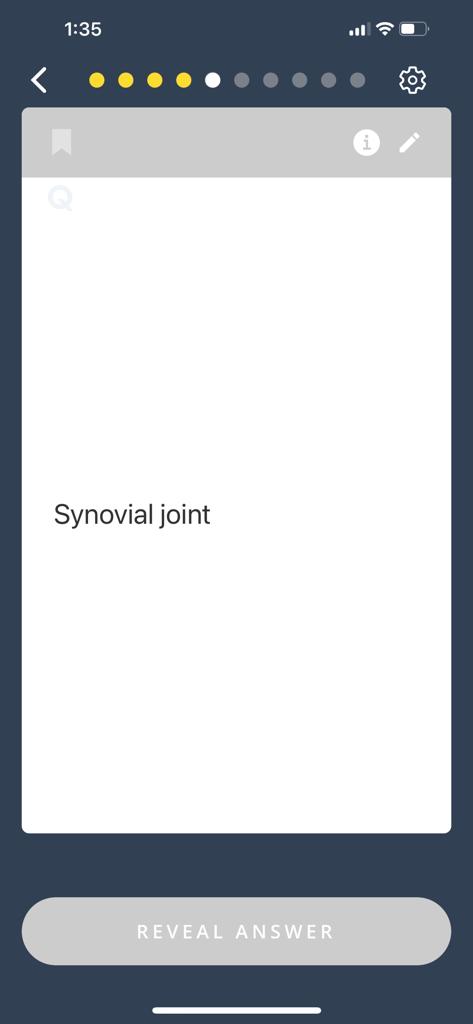
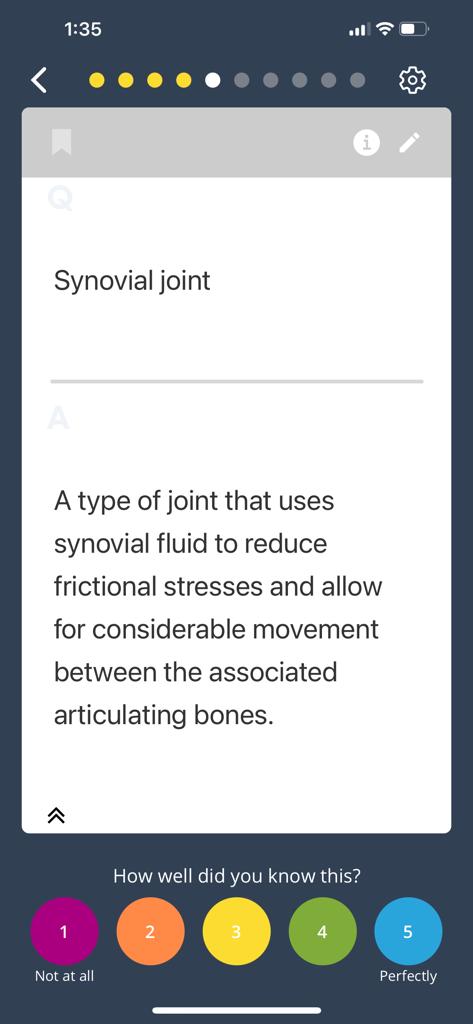
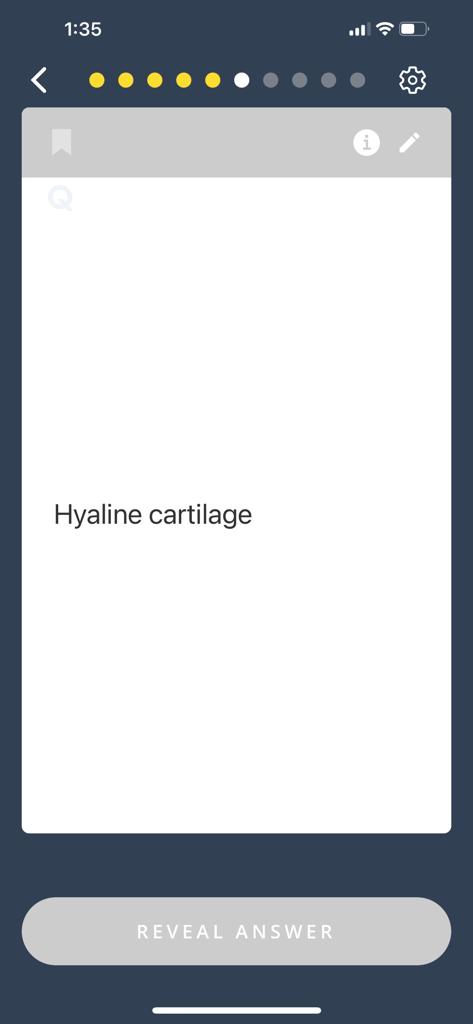
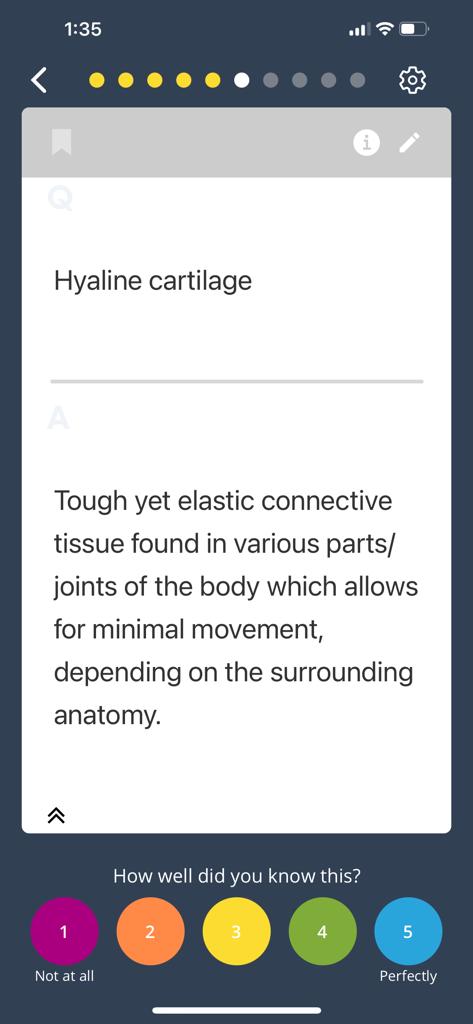
While using our intelligent flashcards, you will rate yourself on how well you know each card from 1 (pink) to 5 (blue). Our intelligent system will start showing you you’re difficult cards frequently, and you’re easy cards only once in a while. This will save you hours of time by focusing on your weak areas. 860 flashcards total.
Practice Exam Process
We have 3 complete (150 questions) NCSF CPT practice exams. These exams have a 3-hour countdown timer to replicate what it feels like to take the real exam. You are shown which domain each question comes from.
At the end of each exam you will see a breakdown of how you did in each of the 9 domains of study. This will help you refocus your studies on your weak areas. Check the review results section to see the questions you got wrong.
In the “review results” section you will be able to see all the questions you got wrong as well as the correct answer.
Additional MVP study materials and features

NCSF CPT Study Blueprint
The study blueprint contains a 16 week study plan, an 8 week plan, a 4 week plan and a 2 week plan (AKA the cram plan). I help you decide which plan is right for you and show you exactly what to study (and how) for that time frame. This blueprint is essential if you are last second cramming and will give you the best chance to pass the exam

NCSF CPT Cheat Sheet
The NCSF CPT cheat sheet contains the most important information that you need to focus on right before the exam. This all fits on one sheet of paper and can be easily printed out and used the night before the test and as you are on your way to take it. This drastically helps with last-second retention of information.

100% Exam Pass Guarantee
Our NCSF CPT MVP study package comes with an exam pass guarantee. It’s straightforward, if you somehow fail the test after using our study materials, we will refund 100% of your money. Period. That’s how confident we are in our study materials. The retest for the NCSF exam can cost up to an incredible $99! Don’t take the risk of failing.
Flash Sale: Save $200 on the NCSF CPT MVP Package Today
Code: APRILFLASH | SAVE 25%-50% on our MVP Study Programs

Questions? Use the Chatbox.




